My cat Cherie is coiled into an ouroboros of pleasure. Gnawing on her own tail, she grips a cloth planchette filled with catnip between her paws. Fangs poke past black lips. Her rictus grin widens. Then she uncoils and thrashes about like some boneless thing. Batting at the toy, she lunges for her own tail again then seesaws on her spine, the calisthenics of a cat possessed. I watch her spiral across the floor in a catnip phantasmagory. Each rotation a hypnotic cycle, notching us back to other times.
Scent of earth, floral perfumes and fresh parchment. We’re in an English herbalist’s study, an open book upon the desk. It’s Gerard’s Herbal, a first edition from 1597 and ever worthy of the word tome. Leaning over the volume, I trace a finger down the entry titled, “Of Nip or Catmint.”
“The later herbarists do call it Herba cattaria, and Herba catti,” John Gerard writes, “because the cats are very much delighted herewith; for the smell of it is so pleasant to them, that they rub themselves upon it, and wallow or tumble in it, and also feed on the branches and leaves very greedily.”
I glance down to confirm this description of Nepeta cataria with Cherie. Her toy is in her teeth as she swirls at my feet, far too high to care.
Then the books are gone, and there are only scrolls. We are in 1st-century Tarsus—Ancient Greece, now part of Türkiye. Kyphi burns in a brazier and De Materia Medica is before me. Dioscorides, the father of pharmacognosy, has quilled across the page his knowledge of the herb. “The leaves pounded into small pieces and given in a pessary are an abortifacient and expel the menstrual flow,” Dioscorides explains. Thanks to catnip, I now read Ancient Greek.
Cherie spins below in the throes of nepetalactone, the chemical in the herb that mimics feline pheromones. Drooling and manic, she has no interest in what this compound can do for humans—or, at least, what it was once believed to do. But as her infectious ecstasy fills the room, we spiral through the years.
We leave behind the ancient world for 12th-century Salerno. Instead of scholars’ studies we find ourselves in humble homes where midwives assist women with conception and their cycles through steamy baths of catnip, hyssop, pennyroyal, and other “hot” herbs—remedies laid out in the Trotula, a medieval compendium of women’s medicine. Top it off with a warm mug of catnip tea stirred with honey or even wine, and let the healing begin.
In a blink, we are in Bruges, privy to more women at city and countryside abodes. They chatter in long-gone dialects and extol advice from The Distaff Gospels, a 15th-century collection of popular beliefs. Because catnip is a Venusian herb, it’s associated with love and acts of love in their many forms. Sprinkle a man’s salad with catnip, the women say, to keep his amorous aims aloft just a little longer. I chuckle in amusement, but Cherie shares none of my mirth. She emits a low growl, teeth still clamped onto the catnip planchette. The mood is changing. Her euphoria is waning.
We’re in England again, and it is cold and dank and dim inside the interrogation room. Here, a woman stands accused of witchcraft. Pregnant and abandoned by a man who’d promised matrimony, Elizabeth Francis has only desperation as her guide. She admits she asked her familiar cat what herbs to take so she would no longer be with child. Whether catnip was included, Francis did not say. But the remedy worked and now death is at her door because of what she’s done. Her agitated keens mix with herbal myths and histories as magic and medicine meld inside the crucible of my mind.
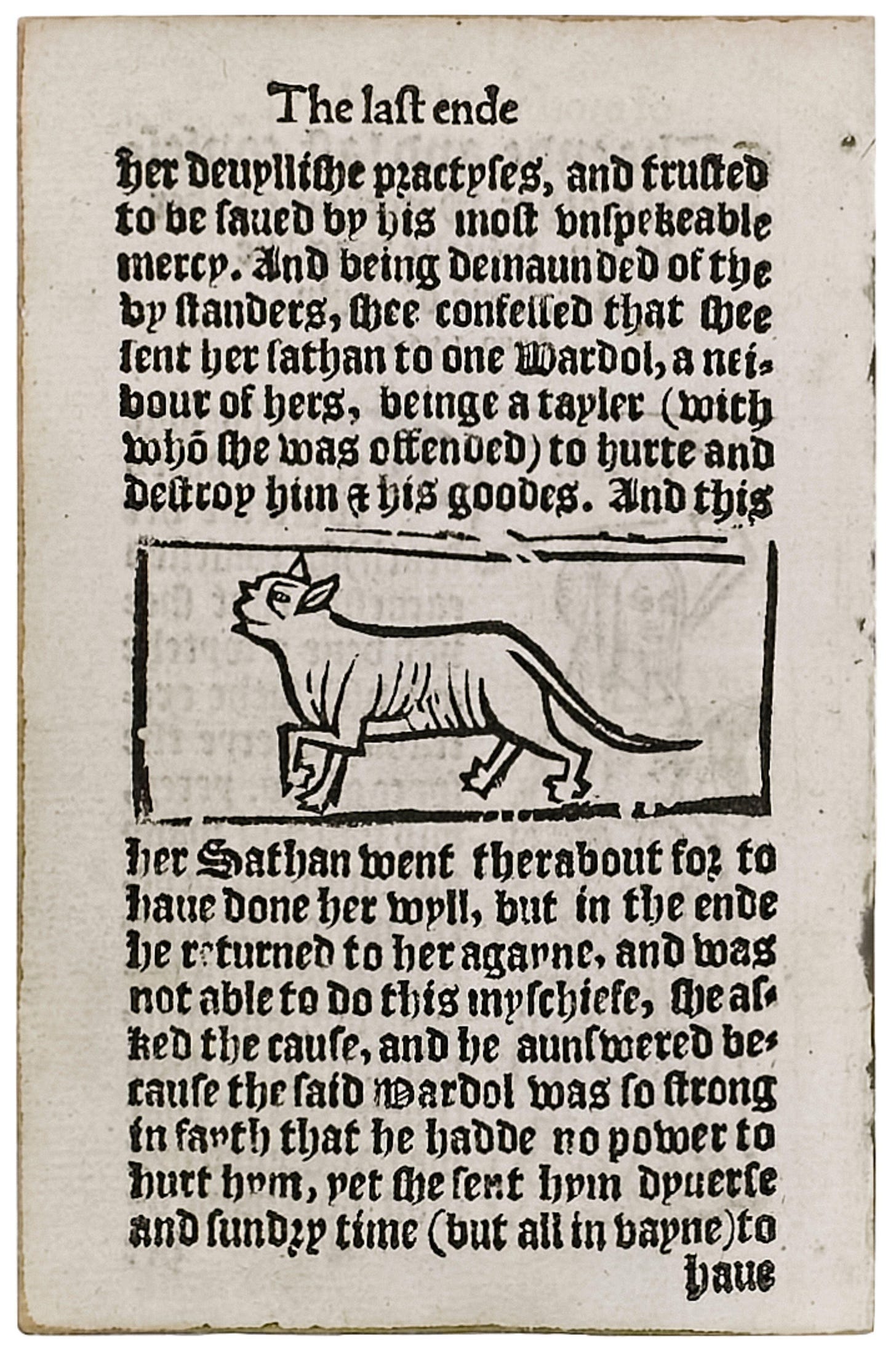
Then there is nothing but miles of countryside. Coming down from her high, Cherie takes notice of our surroundings, too. We are in no real time or place, but a legion stretches out before us. With a jolt, we see the ground begin to move as cats cut across state borders. Orange and black, white and grey, they’re like a stealthy force of feline St. Bernards—help is on the way. But instead of boozy tinctures for those trapped in deadly blizzards, the cats are armed with abortifacients for those denied vital healthcare. Set on their course by human allies, they deliver modern medicines secreted inside collars. They know the homes that need them and they fill the gaps where cruelty and privation have taken hold. Small and quick, long and lean, these feline vigilantes move invisibly past neighbors, authorities, and prying eyes. For no one gives a second thought when a random cat comes around.
My fantasy begins to fade because it’s just a silly fiction. A naive and foolish thought to think cats could ever save us from ourselves. But haven’t cats and humans always found ways to aid one another through our unlikely bonds? As if she understands completely, Cherie swirls around my ankles, offering her thoughts on the matter with the soft swipe of her sides.
Back inside my bedroom, the planchette toy lies unattended. Deep in the catnip afterglow, Cherie’s eyes are closed, but our sojourn is incomplete. Perusing my bookshelf for one last bit of wisdom, I withdraw my copy of Plant Witchery. Catnip, Juliet Diaz explains, “can help us stay calm and collected even in the face of bigger challenges.” As a working, she suggests warming a sprig of catnip in your hand before shaking the hand of someone with whom you wish to forge a deep connection. “If you store this sprig of catnip carefully, the relationship will be strong and lasting,” Diaz writes.
Returning the volume to my shelf, my mind wanders through the twists and turns of catnip’s history, through medical knowledge old and new. I imagine the fates forever changed by this herb and its mysterious namesake. I imagine all the feral futures that lie ahead, the connections I rely on, and those I want to strengthen as best I can. Cherie’s pleasure trip has ended and she purrs softly nearby. So I pluck a sprig of catnip from the pot atop my dresser, warm it for a moment, and take her paw in mine.
Feral Recs
Plant Witchery is a green grimoire bursting with botanical wisdom on both the sacred and profane nature of plants. As someone who’s been trying to get their black thumb to be at least a dark shade of purple, I adore how accessible and inviting yet profoundly in-depth it is. In addition to being a prodigious plant-whisperer, author and literary activist
has written multiple best-selling books and is the founder of The Literary Craft Society, a revolutionary writer’s community that helps writers decolonize their storytelling. I’ve learned so much from her work.




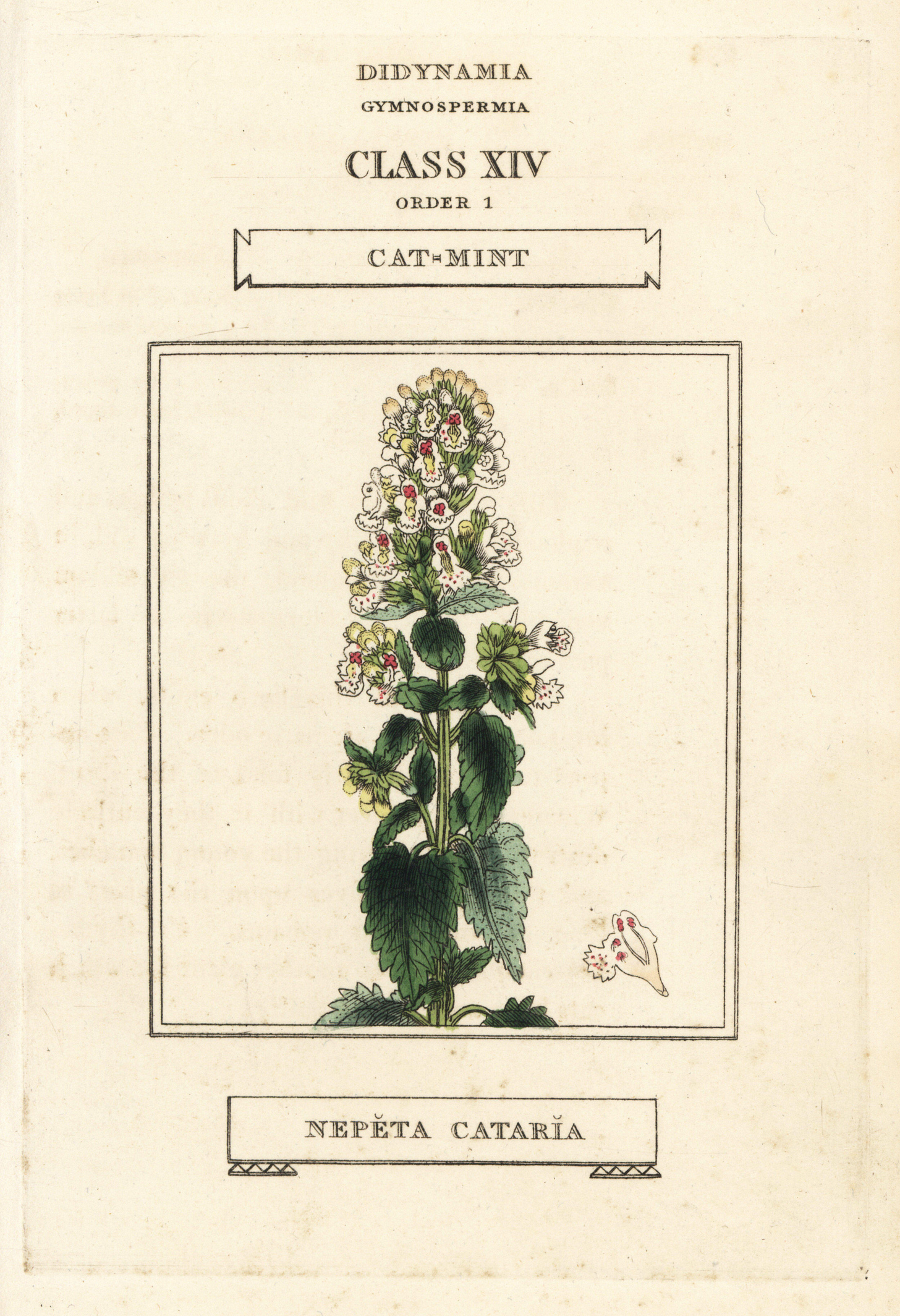
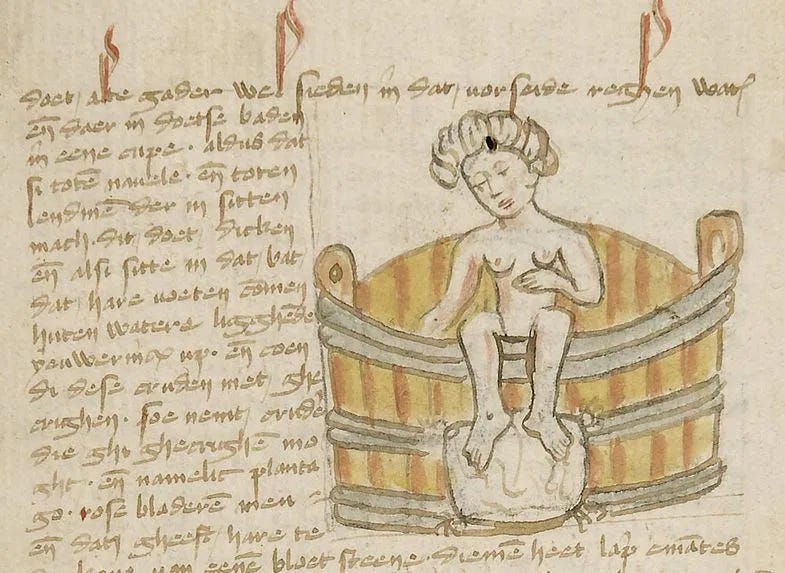
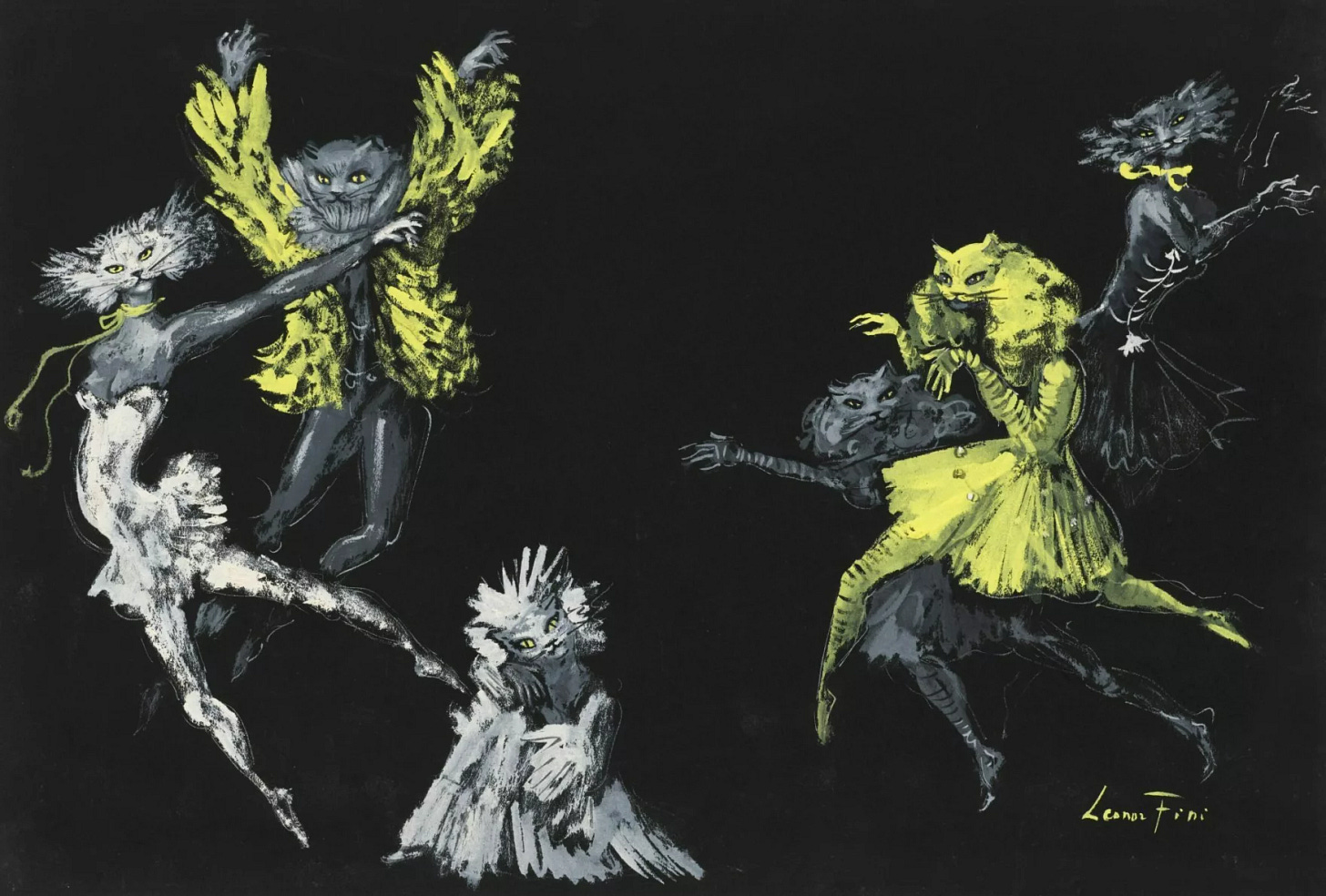
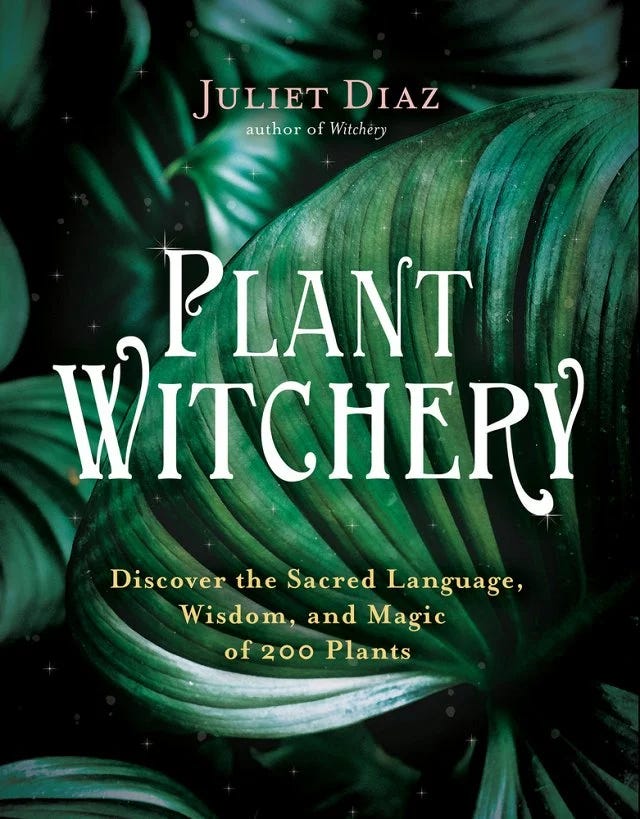
The writing, the places, the history, the CATSSS, and the "ouroboros of pleasure." I love it so much. Now I'm refilling Lolo's catnip toy!
A world wind of history! Cat lover or not, the imagery in the writing puts one in a different universe!!